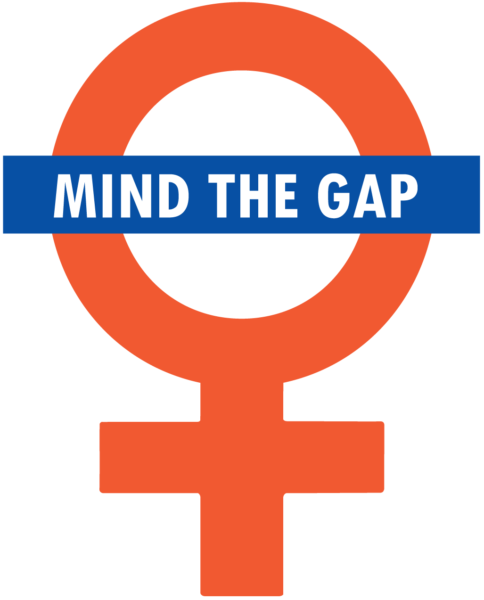The 2017 World Economic Forum’s Gender Gap Report has suggested that the equality gap between men and women would take 100 years to close at its current rate.
It is the first time that data from the WEF has shown a year-on-year worsening of the gender gap since it began charting it in 2006.
The report ranks 144 countries by economic opportunities, education, political participation and health.
Women are measured as having 68% of the chances and outcomes that men have.
This is slightly down from the 68.3% measured last year.
The WEF predicts that it would take a century to close all areas of equality it monitors globally, well up from the 83 years predicted in 2016.
Gender parity is closest in areas of health and education, it says, but significant gaps in economic participation and political empowerment continue to endure across the world.
The figures suggest that women will have to wait 217 years before they earn as much as men and are equally represented in the workplace.

Global Gender Gap Report 2013: Iceland is the best place to be a woman
The Link Between Gender And Medical Honesty
Richest 1% to own more than 50% of the world’s wealth by 2016
Nordic countries remain among some of the world’s best for overall equality with Iceland topping the list with a 12% gender gap across all the WEF’s measures. Norway, Finland and Sweden are all in the top five.
Rwanda came fourth in the list for overall gender equality with a gap of 18%. It has the highest share of women in parliament in the world – they occupy three in every five seats.
Nicaragua, Slovenia, Ireland, New Zealand and the Philippines also made the top 10 on the Global Gender Gap rankings.
Women in the Middle East and North Africa fared the worst, with war-torn Yemen coming last on the list with a gender equality score of just 52%.
The WEF report shows women in the world earn less not just because of gendered salary differences, but because women are more likely to do unpaid or part-time work than men.
Women also generally tend to work in lower-paid professions and are less likely to be in highly-paid senior roles in companies.
Slovenia has the smallest gap in gender earnings – with women there on average earning 80.5% of the male national average.
The WEF report says that if the economic gender gap was totally closed:
- China could add $2.5 trillion to its GDP
- The US could add $1.75 billion
- France and Germany could add more than $300 billion each
Both Canada and France saw improvements to their political empowerment measures after Canadian PM Justin Trudeau and French President Emmanuel Macron added more women in ministerial positions within their governments.
The US saw a marked drop in this area, with female political empowerment at its lowest rate in 10 years. It came 96th in this area.
The WEF report blames a significant decrease in female ministerial positions for the fall – a Freedom of Information request in March revealed that only 27% of all jobs within the Trump administration were taken by women.
Overall the US fell four places to take 49th position.
Other countries that improved overall included Bangladesh, which now ranks 47th in the world and the highest in South Asia after increasing female employment in professions.
Sub-Saharan African countries made marked improvements in women’s health. Nine countries from the region are in the world’s top 20 for high female labor force participation.
